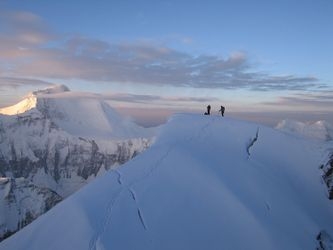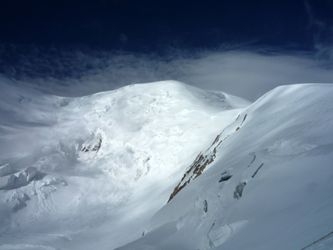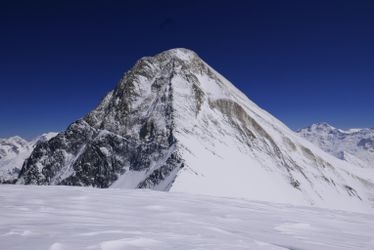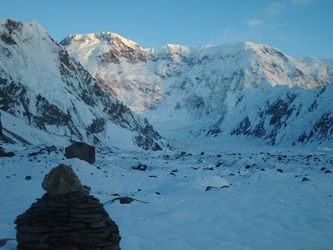Conquering the Snow Leopard Peaks: Central Asia’s Ultimate Mountaineering Challenge
The Snow Leopard peaks are the ultimate prize for high-altitude climbers venturing into the vast ranges of Central Asia. This prestigious challenge consists of summiting five towering peaks in the former Soviet Union, each surpassing 7,000 meters (22,965 feet). Those who succeed earn the coveted Snow Leopard title, a mark of exceptional endurance, skill, and resilience in high-altitude mountaineering. With only a few hundred climbers worldwide holding this distinction, the Snow Leopard award is a deservedly respected achievements in the climbing community.
In this article, we’ll explore each of the five Snow Leopard peaks, the challenges they pose, and tips on planning your own expeditions to them. We’ll also discuss why guided trips may be the ideal choice for tackling these remote, high-altitude mountains.
An Overview of the Snow Leopard Peaks
The Snow Leopard peaks are located in the Pamir and Tien Shan mountain ranges, spanning Kyrgyzstan, Kazakhstan, and Tajikistan. These five peaks are:
- Communism peak (Ismoil Somoni Peak) – 7,495 m
- Korzhenevskaya – 7,105 m
- Lenin peak – 7,134 m
- Khan Tengri – 7,010 m
- Pobeda Peak – 7,439 m
Each peak has unique technical challenges, weather conditions, and climbing routes, making the Snow Leopard challenge a true test of a mountaineer’s skill and determination.
A history of the snow leopard peaks
During the Soviet era, mountaineers from the USSR faced significant travel restrictions, limiting their access to the renowned high-altitude peaks of the Himalayas and the Karakoram in Nepal, Pakistan, and India. This lack of access led the Soviet Union to develop its own high-altitude mountaineering challenges within its borders, and the Snow Leopard Award emerged from this context. The Snow Leopard peaks, all located within the USSR’s mountainous regions, became the ultimate goal for Soviet climbers seeking to test their skills at extreme altitudes.
The Snow Leopard Award was created in 1967 as a prestigious recognition for climbers who ascended all five of these 7,000-meter peaks within Soviet-controlled territories. The five peaks selected for the award were among the most formidable, highest, and technically challenging within the USSR’s borders, spanning Central Asia’s Tien Shan and Pamir ranges. These mountains offered the closest conditions to an "expedition" experience that climbers would encounter in the Himalayas or Karakoram, with demanding routes, high altitudes, and treacherous weather.
The Soviet government actively promoted mountaineering and encouraged climbers to tackle these summits. Over the years, thousands of climbers sought to achieve the Snow Leopard title, and it became one of the most respected awards in Soviet and international mountaineering. Since the dissolution of the USSR, the Snow Leopard Award has been preserved by mountaineering federations in Russia and other former Soviet states, continuing to challenge climbers from around the world who seek to conquer some of the world’s most challenging peaks outside the Himalayas.
1. Communism Peak (Ismoil Somoni Peak) – 7,495 m
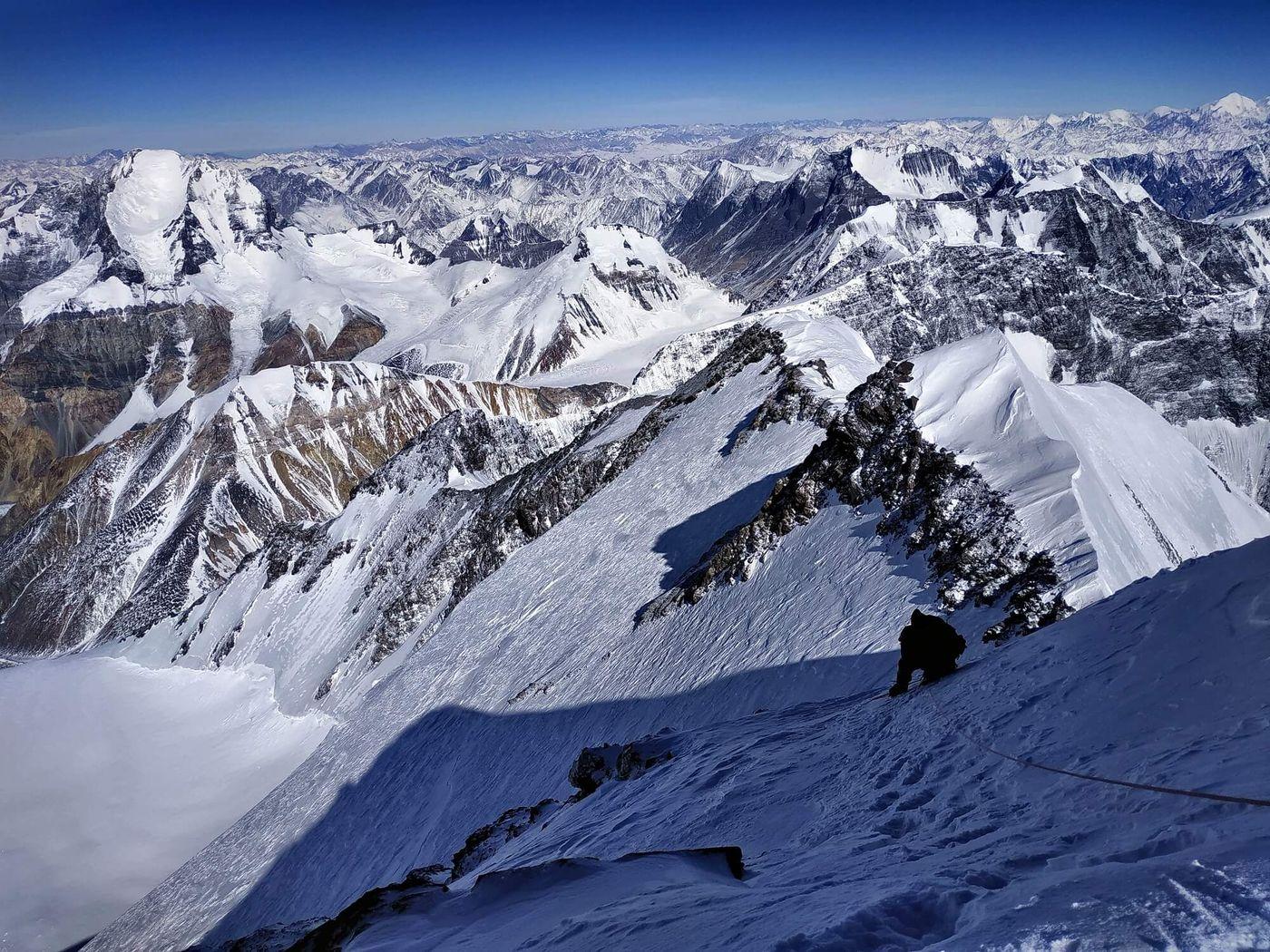
Communism peak / Pik Kommunizma, renamed Ismoil Somoni Peak, is the highest peak in the Pamir range and the tallest of the Snow Leopard peaks. Its massive height and challenging weather conditions make it one of the toughest ascents in Central Asia.
- Difficulty: Rated AD (3/6). Extremely challenging. The ascent involves complex glacier travel, steep snow and ice sections, and high-altitude technical climbing.
- Best Season: July to August, when temperatures are relatively mild and weather conditions more predictable.
- Guided Expeditions: Due to the technical difficulties and remoteness, guided trips are highly recommended. Experienced mountaineering guides offer crucial knowledge on route selection, altitude acclimatization, and dealing with adverse weather.
2. Korzhenevskaya – 7,105 m
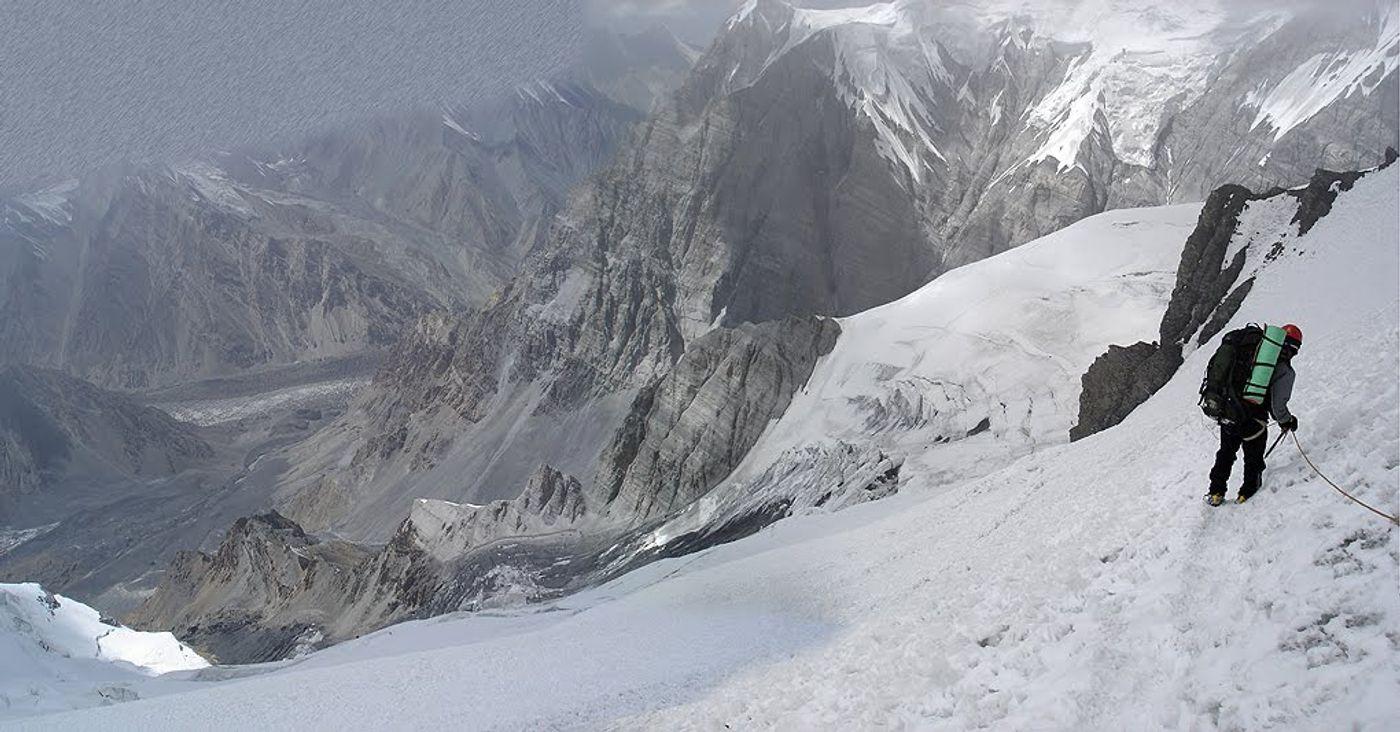
Korzhenevskaya, also in the Pamir range, is often seen as a good introduction to the Snow Leopard peaks due to its less technical terrain. However, the altitude itself is no small feat, and climbers still face a demanding ascent.
- Difficulty: Rated AD (3/6). Moderate to challenging. Climbers must be prepared for steep snow slopes, glacier crossings, and possible avalanche risk.
- Best Season: July to early September.
- Guided Trips: While less demanding than other peaks, Korzhenevskaya’s elevation still requires careful acclimatization. Joining a guided expedition can provide structure for safe acclimatization and support with logistics.
3. Lenin peak – 7,134 m
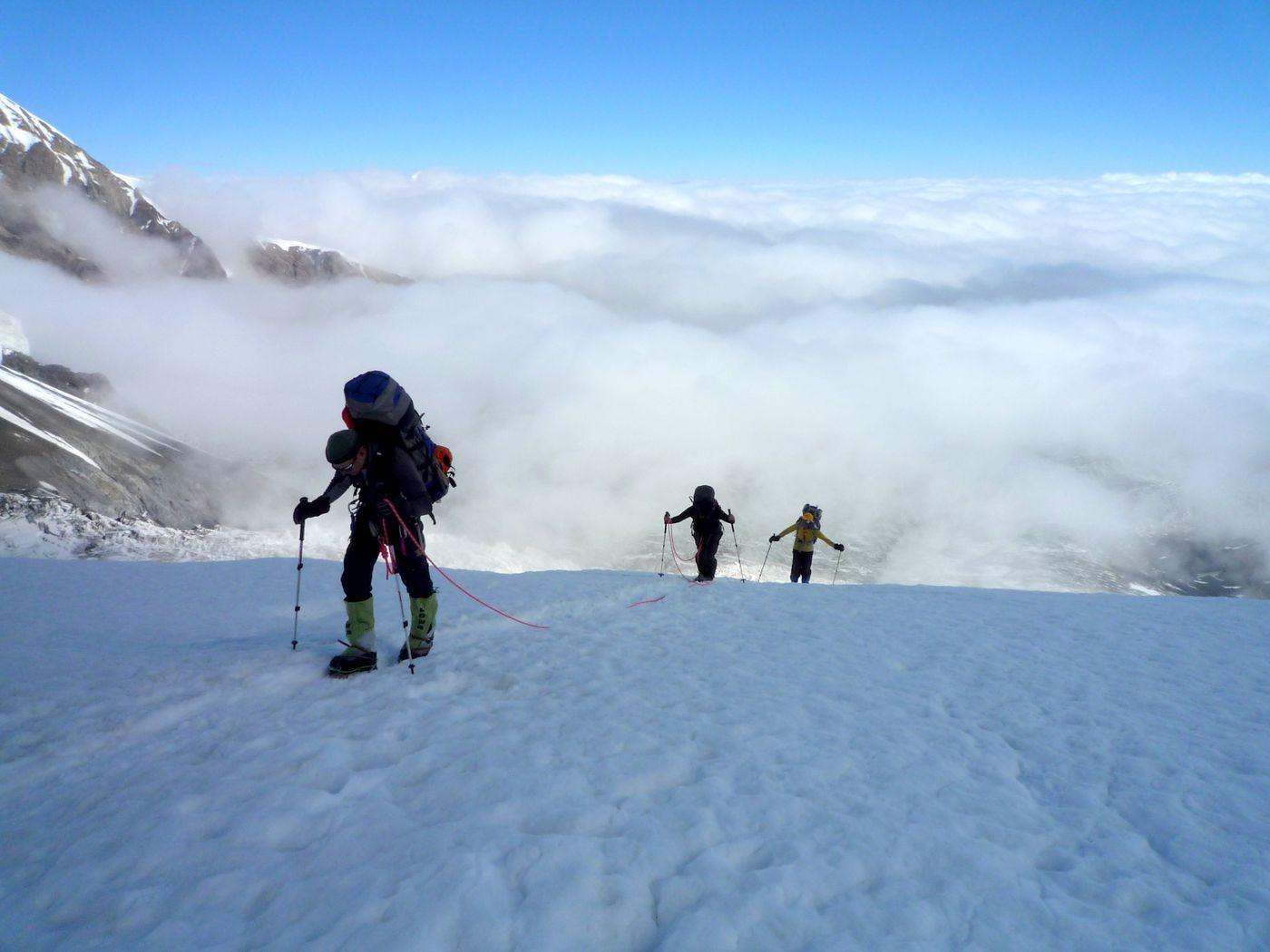
Lenin peak, situated on the Kyrgyz-Tajik border, is one of the most popular peaks in the challenge due to its relative accessibility and moderate technical requirements. Many climbers attempt Lenin peak as their first 7,000-meter peak.
- Difficulty: Rated PD (2/6). Moderate. While Lenin peak is less technical, climbers should not underestimate the risks posed by high altitude, crevasses, and unpredictable weather.
- Best Season: July to August.
- Guided Expeditions: As one of the more approachable Snow Leopard peaks, Lenin peak offers a range of guided trip options. These guided expeditions are ideal for climbers who want to focus on acclimatization and enjoy the ascent without worrying about logistics.
4. Khan Tengri – 7,010 m
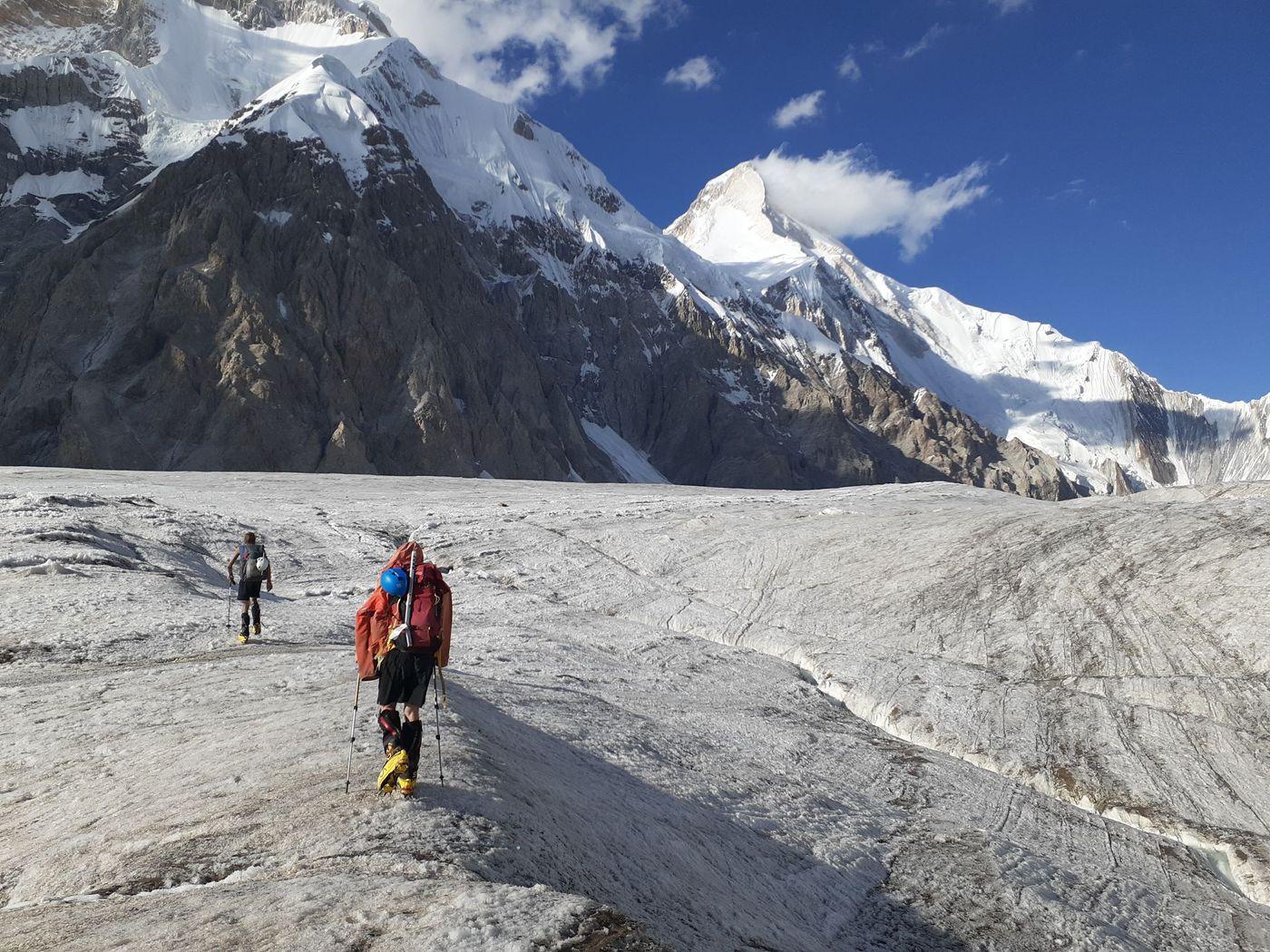
Khan Tengri, “The Lord of the Sky,” is famous for its striking pyramid shape and severe weather conditions. Located in the Tien Shan range, this peak is as beautiful as it is challenging, with exposed ridges and sections of technical climbing.
- Difficulty: Rated D (4/6). High. Khan Tengri’s approach requires glacier travel, rock climbing, and high-altitude skills.
- Best Season: July and August.
- Guided Trips: Given its technical nature, most climbers opt for a guided expedition to Khan Tengri. Guides provide crucial support with fixed ropes, navigation, and handling harsh weather conditions.
5. Pobeda Peak – 7,439 m
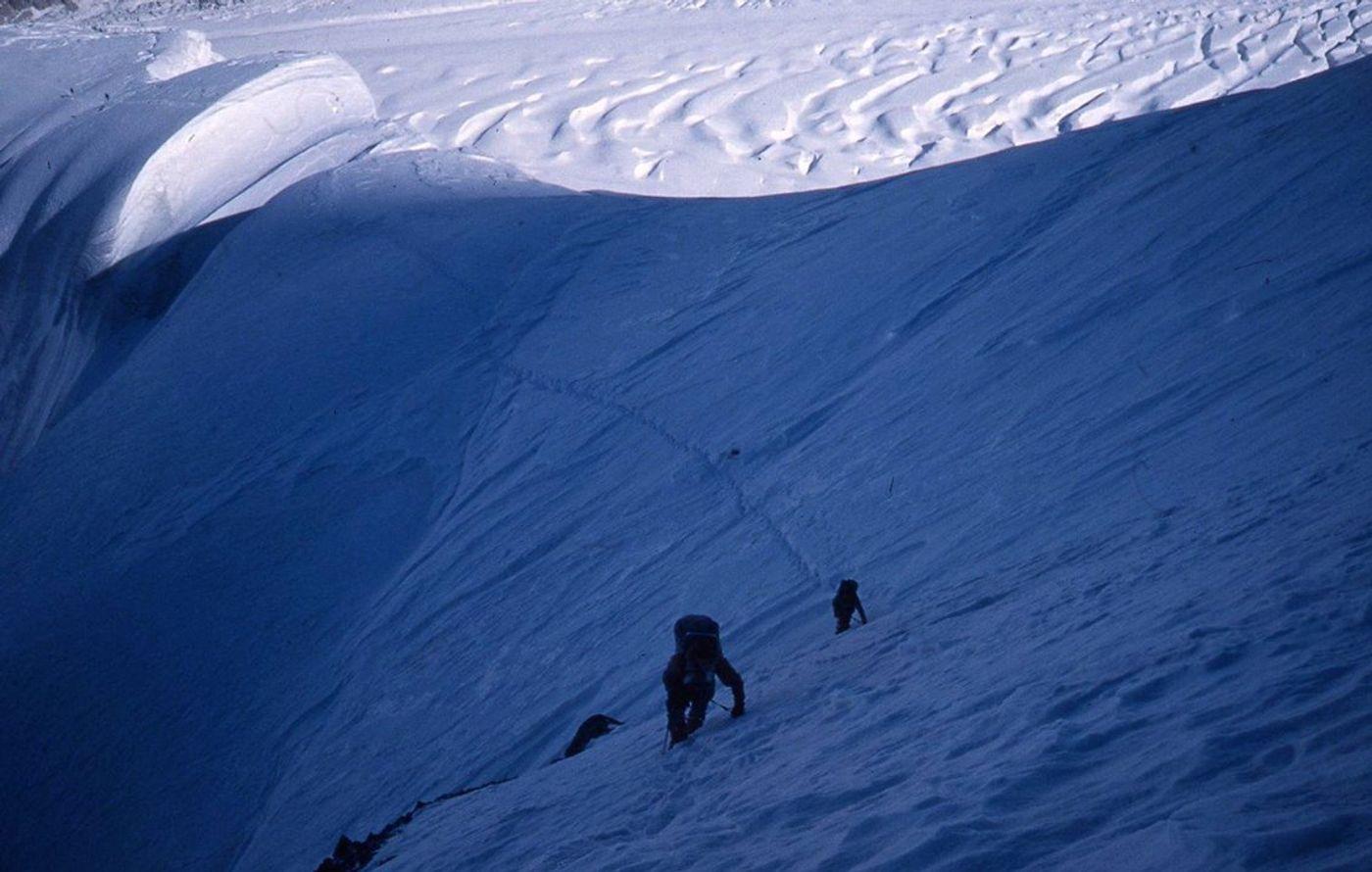
Pobeda Peak is regarded as one of the most dangerous mountains in the world, known for its unpredictable weather and extreme cold. The mountain’s north face is an enormous wall of ice, challenging even the most experienced climbers.
- Difficulty: Rated TD (5/6).Extremely high. Pobeda demands technical ice and snow climbing, extreme endurance, and complete self-sufficiency.
- Best Season: July to August, though conditions remain severe even during the best climbing months.
- Guided Expeditions: For Pobeda, a guided trip is essential unless you are an elite mountaineer. The climb involves high exposure, and local guides’ expertise in safety and navigation is invaluable.
Planning Your Snow Leopard Expedition
The Snow Leopard peaks are not just about physical ability; they require detailed planning and logistical coordination. Here are some essential factors to consider when preparing for this mountaineering expedition:
1. Training and Preparation
Climbing at these altitudes demands excellent physical fitness, mental endurance, and experience in technical climbing. Ideally, you should have prior experience on 6,000-meter peaks and be comfortable with self-rescue techniques, glacier travel, and high-altitude survival skills.
Consider a targeted training program, including aerobic conditioning, strength training, and altitude simulation if available. Practicing on smaller peaks or in climbing gyms can help build your endurance and technical abilities.
2. Acclimatization
Proper acclimatization is critical for safety and success on the Snow Leopard peaks. Most expeditions to these peaks use a gradual ascent schedule, with multiple high camps and rest days to allow your body to adjust to the thin air. Overlooking acclimatization can lead to altitude sickness, which can be life-threatening at these heights.
3. Weather Considerations
Weather on the Snow Leopard peaks is notoriously unpredictable, with rapid temperature drops and intense storms. The best season for climbing is generally July to August, but even then, conditions can change rapidly. Monitoring weather forecasts and planning for potential delays or additional rest days is essential.
4. Logistics and Permits
Climbing in Central Asia often involves complex logistics, from securing permits to arranging transportation to remote base camps. Each peak has different permit requirements, which may vary depending on the country. Working with a guided expedition company simplifies these challenges, as they usually handle permits, transport, and base camp setups.
5. Order
There’s no strict order to climbing the Snow Leopard peaks, but climbers generally approach them in a progression based on altitude and difficulty. Here’s a typical approach:
-
Lenin Peak (7,134m) in Kyrgyzstan is often the first because it’s considered the most accessible of the five. It has well-established routes, and the ascent is technically moderate, making it a good introduction to high-altitude mountaineering.
-
Khan Tengri (7,010m), also in Kyrgyzstan, is typically next. Although slightly lower, it’s a more challenging and technical climb, involving steep ice and rock. This peak introduces climbers to more technical aspects of high-altitude mountaineering.
-
Korzhenevskaya Peak (7,105m) in Tajikistan follows, given it’s also relatively accessible and presents less technical difficulty than the remaining two. Korzhenevskaya is often viewed as a good step before taking on the most demanding peaks.
-
Communism Peak (7,495m) in Tajikistan, which is the highest of the five, is usually tackled after gaining experience on the others. This peak presents complex weather, high altitude, and more technical demands.
-
Pobeda peak (7,439m) on the Kyrgyzstan-China border, is generally the final peak due to its notorious difficulty and dangerous weather. Pobeda is famous for its intense cold, frequent storms, and prolonged exposure, making it the most formidable of the Snow Leopard peaks.
6. Completing All Five in One Expedition?
Most climbers don’t attempt all five peaks in a single extended expedition due to the extreme logistical challenges, weather constraints, and high risk of altitude-related fatigue or injury over such a prolonged time. It’s more common to split the climbs across multiple seasons or even years. Many climbers will tackle Lenin and Khan Tengri in one season since they are both located in Kyrgyzstan and are accessible through a similar base of operations.
However, a few elite climbers have completed all five peaks in one continuous season. This approach is rare and requires an exceptional level of fitness, acclimatization, support, and favorable weather. The biggest challenges are the logistical hurdles, as these peaks are spread across remote areas in different countries, and managing rest and recovery at such extreme altitudes.
Most Snow Leopard climbers prefer to space the climbs over several expeditions, often attempting two or three peaks in one season.
Why Choose Guided Expeditions for the Snow Leopard Peaks?
While some experienced climbers attempt the Snow Leopard peaks independently, guided expeditions offer several advantages. Here’s why a guided trip may be the right choice:
- Safety: Professional guides are trained to handle emergencies, weather changes, and altitude issues. They know the routes, hazards, and best practices for high-altitude survival, which increases your chances of a safe ascent.
- Logistics: From arranging transport to managing supplies and equipment, guided trips handle the logistics. This means you can focus on the climb without worrying about where to find food or setting up high-altitude camps.
- Route Expertise: Guides are familiar with the optimal routes for each peak. On technical climbs like Khan Tengri and Pobeda, their expertise can make a significant difference in finding the safest and most efficient way to the summit.
- Team Support: Being part of a guided group offers a sense of camaraderie and mutual support, which can be invaluable when facing the mental and physical challenges of these climbs.
Choosing the Right Guide Service
If you’re considering a guided trip for the Snow Leopard peaks, choosing a reputable guide service is essential. Here are some tips:
- Experience and Credentials: Look for guides with experience on 7,000-meter peaks, specifically those familiar with Central Asia’s mountains.
- Safety Record: Research the guide service’s safety record, including their approach to risk management and emergency protocols.
- Client Reviews: Reading reviews from previous climbers can give you insight into the guide service’s strengths and weaknesses.
- Clear Itinerary and Support: Ensure that the guide service offers a clear plan for acclimatization, support staff, and contingency plans for bad weather.
The Snow Leopard Challenge: A Test of Endurance and Spirit
Climbing the Snow Leopard peaks is more than just a mountaineering achievement—it’s a test of resilience, endurance, and mental fortitude. Each of these mountains presents unique challenges, from the extreme cold of Pobeda to the technical ridges of Khan Tengri. The Snow Leopard award is a rare accomplishment, and those who complete it join an elite group of climbers.
Whether you’re an experienced mountaineer or just beginning to explore high-altitude climbs, the Snow Leopard challenge offers the adventure of a lifetime. With careful preparation, training, and the support of a reliable guide service, you too can aspire to stand on the summits of these legendary peaks. Climbing the Snow Leopard peaks not only tests physical limits but also offers a rare glimpse into the beauty and vastness of Central Asia’s mountain ranges. For those driven by a spirit of adventure and discovery, the Snow Leopard challenge is an unparalleled journey that will leave you with unforgettable memories and a profound respect for the mountains.
Aside from finding guides listed on each respective mountains page, you can check the guide directory and filter from there.
Lastly, if you climb any of these peaks please join our facebook group and share some pics :)


